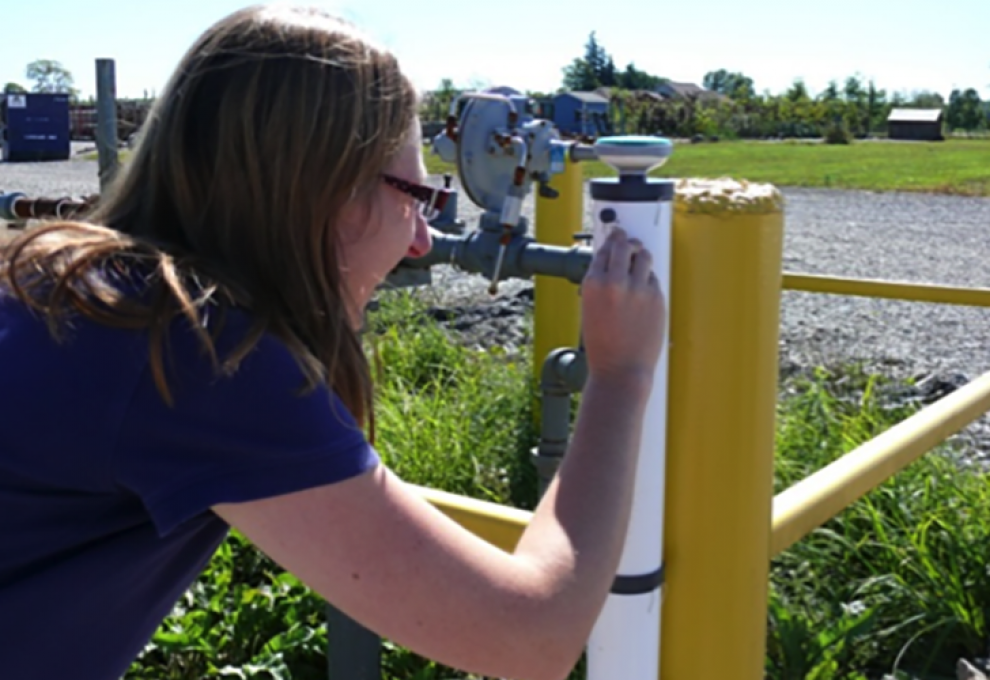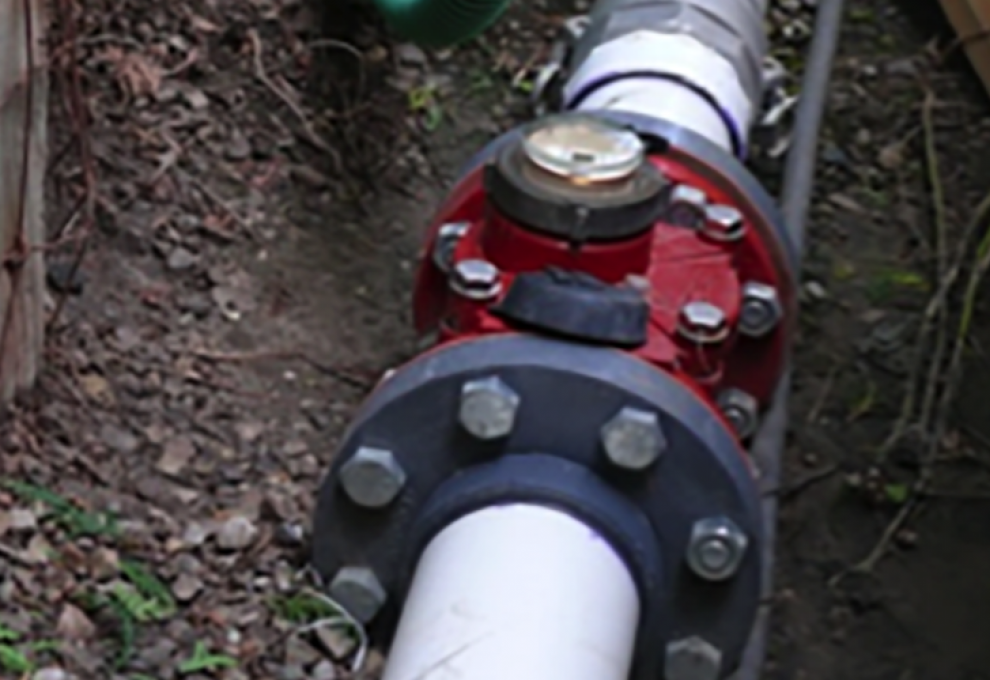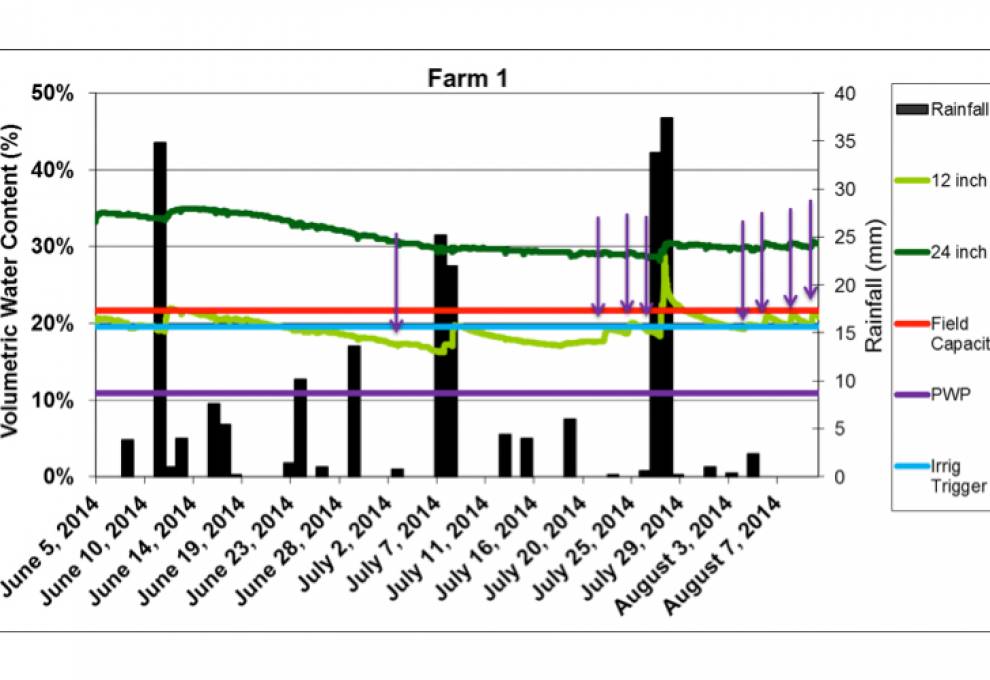


Water quantity is a hot topic these days. Measuring and recording water use can help to demonstrate how and where the agricultural industry is using water. Efficient and productive water use is beneficial both from an environmental and from a production perspective. Agricultural water use drives productivity, growing this important sector of Ontario.
The single most important piece of equipment that you can invest in is a water meter. Also, keep daily records of your water usage. Whether you’re using water for irrigation or product washing, knowing how much you are actually using is the most important piece in understanding where you can find efficiencies.
Efficient water use can have several positive spin-off benefits: energy savings, lower nutrient run-off and reduction of greenhouse gas emissions. The environmental benefits are not the only reason to improve water use efficiency. In fact, improving water use efficiency can have a significant impact on reducing water supply costs, reducing wastewater management costs and improving production efficiencies (i.e. increasing fruit and vegetable size by providing moisture when the plants need it). In addition, using water efficiently can help growers adapt to changing climatic conditions.
Some of the new approaches the Ministry of Agriculture, Food and Rural Affairs (OMAFRA) is working on with growers are soil moisture monitoring with wireless automated access. Not only can we see when the soil is drying out and it may be time to irrigate, but also how effective rainfall or irrigations were at replenishing water in the root zone (Figure 1).
OMAFRA is collaborating with the University of Guelph in developing the use of satellites for soil moisture mapping. The potato, grape and tree fruit growers have worked with Weather INnovations to provide maps of daily vapotranspiration (ET) that can be used for irrigation scheduling (www.onpotatoes.com and www.vineinnovations.com).
A series of water quantity and quality grower demonstration projects were funded through Growing Forward 2 in 2013-2014. Reports and videos of these projects can be found on the Farm & Food Care Ontario website at www.farmfoodcare.org/environment.
All of OMAFRA’s irrigation resources can be found on our irrigation web page (www.omafra.gov.on.ca/english/engineer/irrigation.htm), including our series of videos on irrigation system assessments and soil moisture monitoring.
The mainstream media has produced a glut of articles about the drought and challenges facing California and the western United States. One of the challenges in Ontario is the need for more water infrastructure for farming, such as more water supplies, better access to water and storage. Numerous studies have demonstrated that there is potential for greater agricultural water use in Ontario, leading to greater agricultural productivity. This will benefit our rural areas and the economy.
Ontario is not facing the same water challenges as California, but we need to stand behind our water use practices. Demonstration of our efficient and productive water use is
crucial.
Rebecca Shortt is an engineer, water quantity for the Ontario Ministry of Agriculture, Food and Rural Affairs.

Add new comment